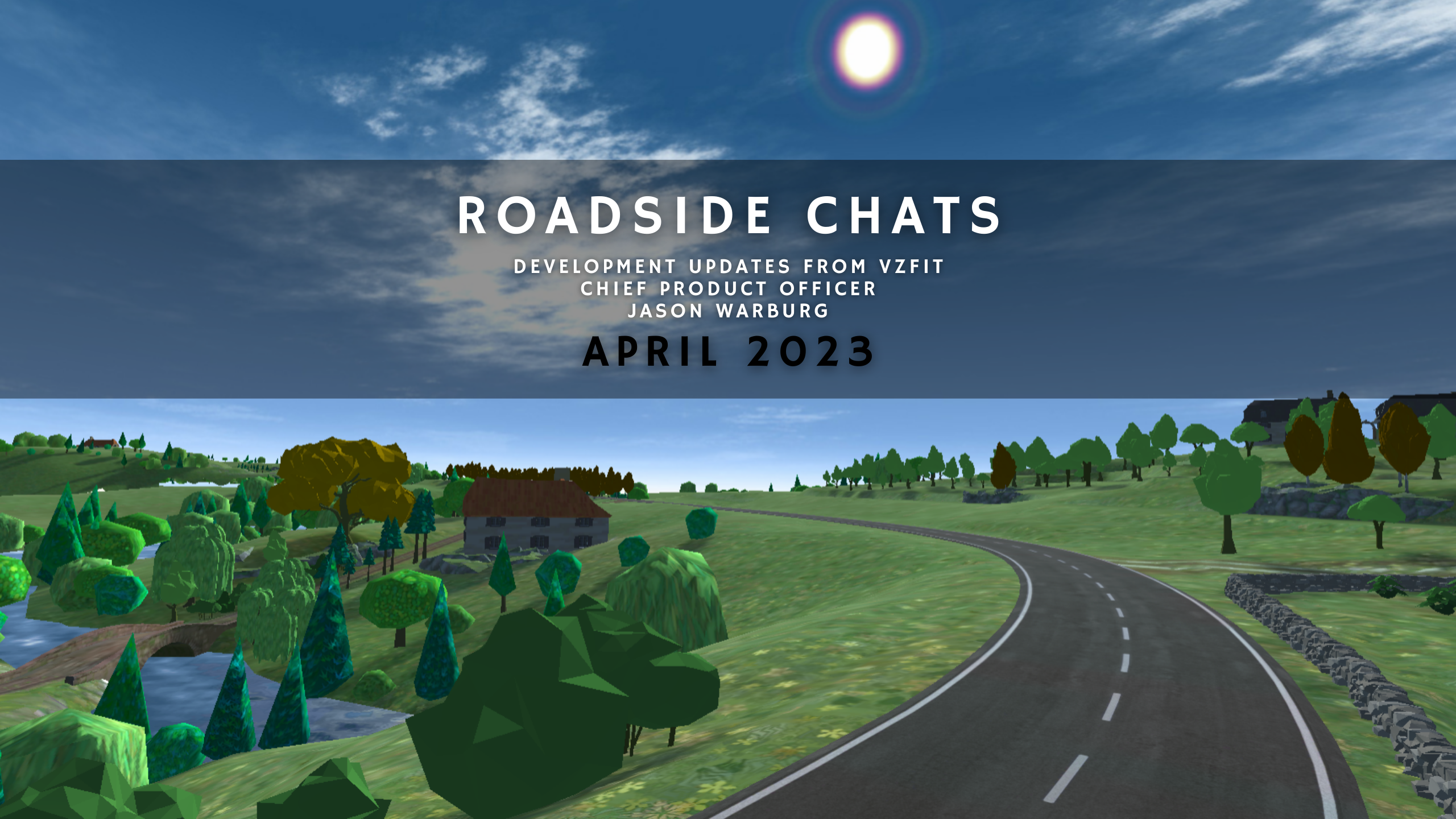If you like tracking your stats after a VirZOOM workout, you’ve probably noticed an unusual metric alongside score, heart rate, and speed: not just distance biked, but virtual kilometers traveled. What does that even mean? Telling you how far you’ve traveled or how fast you move is a tricky business when you never leave your living room, but there’s a logic to what the game reports – even if it doesn’t always seem to line up with how far your avatar seems to move on screen.
We calculate the (virtual) distance you’ve traveled based on two things: How much you’re pedaling (which we detect with sensors inside the bike), and how hard it is to pedal (which you set with the knob on your bike labeled “Tension Control” and then calibrate in VirZOOM Arcade). And, since we calculate speed by distance and time (like “kilometers per hour”), that means speed is also a function of these measurements.
We don’t just pick those two things willy nilly, of course: That’s exactly how you measure the movement of an exercise bike with multiple gears. Ride around in first gear, and you can spin those pedals furiously and barely move forward at all. Ride around in fifteenth gear, though, and each revolution of the pedals pushes you forward farther – as long as you can provide the power.
To get a sense of how pedaling on an exercise bike should translate into pedaling on a road bike, our developers took slow-motion movies of pedaling on a bike hooked up to a stationary trainer. The goal was to determine the relative torque required to accelerate our pedals at different resistance levels, and use that resistance-to-torque curve to estimate virtual kilometers at each level. We found that a resistance setting of 5 on our own tension control knob was about equivalent to 15th gear on a bicycle with 27 inch wheels, and went from there.
It’s important to note at this point that this is how we measure virtual kilometers across all our games. When you check your stats and see average speeds or overall distance, we’re taking those figures from across the board, and the speeds shown in game don’t directly correspond with the speeds reported for your workout. Pedaling at 30 kph in real life might feel like slowly lumbering forward if you’re in a tank, or like rocketing forward in a bike race – but either way, it’s still the same amount of effort on your part. Or, to put it another way, Your Racecar speedometer might say you’re going 80 kph, or your Le Tour workout might span 15 kilometers, but don’t be too surprised when you check your stats later and find out those numbers are way off.
Maybe that sounds confusing or unfair, but it’s a conscious decision: We want you to have a good workout and a good game. Showing your average speed and virtual kilometers in screens between games or on My VirZOOM, after you’re done playing, gives you a sense of how you’ve been exercising. But when you’re pretending to be on horseback, in a kayak, or piloting a giant robot, we want you to feel like you’re really there, and that means simulating speed and distance a little differently in the moment. After all, temporarily replacing the real world with a virtual world is why VirZOOM feels like a workout without the work.
We hope this gives some insight into what makes VirZOOM tick! Please feel free to comment on our blog or drop by the Steam forums to ask questions, discuss your own workout/gaming routine, or nerd out with us on the perfect way to calculate the elusive virtual kilometer.


